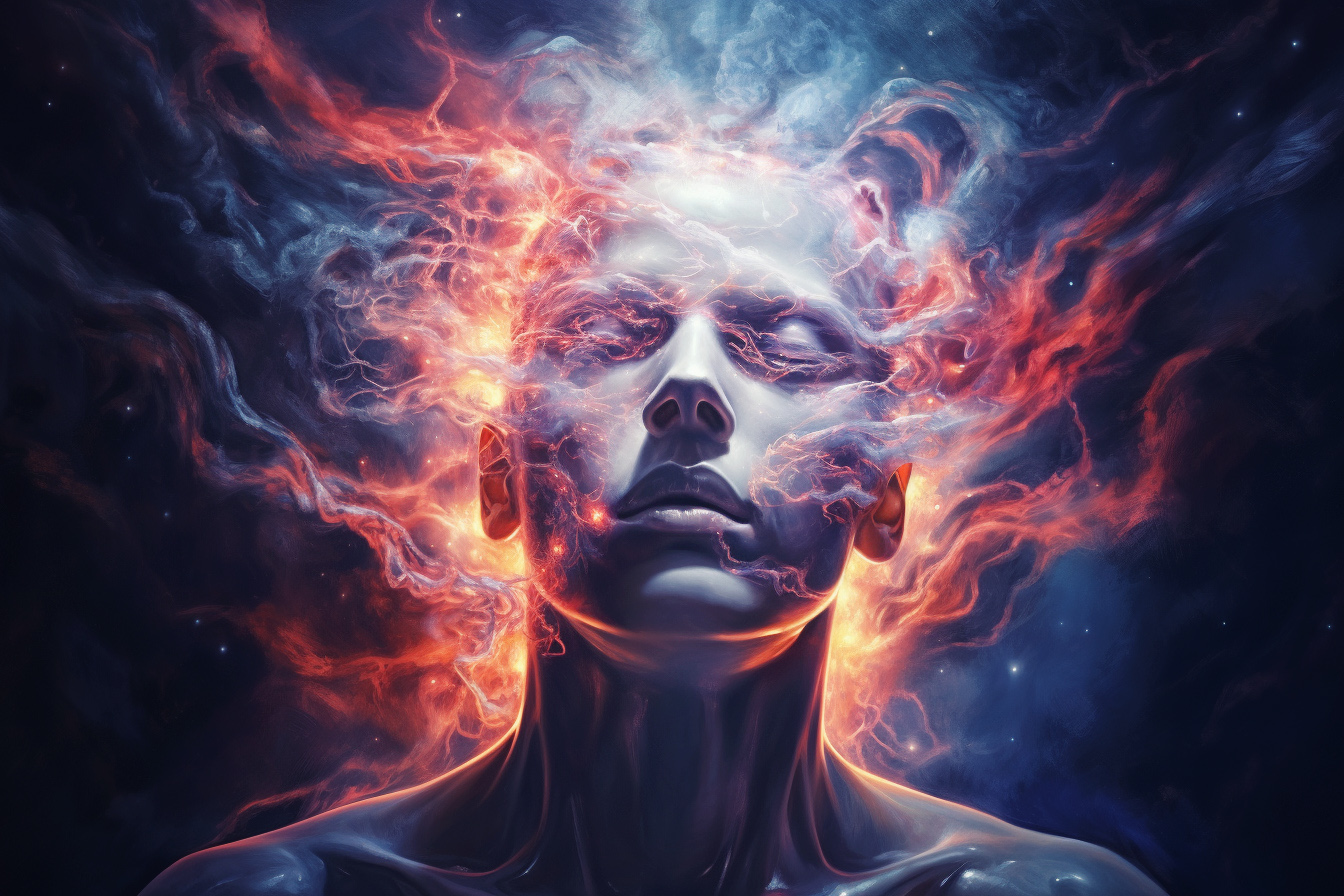Emotions are fundamental to human existence, governing everything from mundane decisions to profound experiences. Whether it’s the joy that fills us during a celebration, the grief that envelops us in loss, or the anxiety that grips us before a significant event, emotions color our perceptions and guide our actions. They are the invisible force that often drives us, for better or worse, as we navigate our complex world.
Emotions are abstract feelings and complex physiological and neurological processes that have evolved. They allow us to react quickly to threats, bond with others, motivate us toward goals and make rapid decisions that may have far-reaching consequences. Consider how the thrill of curiosity leads to discovery and learning or how the fear of failure may paralyze us or spur us to strive harder.
With emotions permeating every aspect of our lives, from relationships and creativity to decision-making and personal growth, understanding their underlying mechanisms becomes not just a scientific inquiry but a key to unlocking a richer, more fulfilling human experience.
Understanding the Basic Anatomy and Function of the Brain
Understanding emotions begins with the brain’s architecture, a vast network of neurons. For example, when we smell freshly baked bread, neurons in the olfactory cortex interact with other regions, such as the amygdala, which might associate the smell with warm memories of family gatherings. Key areas like the amygdala, prefrontal cortex, and hippocampus are central to our emotional experiences.
The Neuroscience of Emotion
The amygdala and prefrontal cortex play distinct roles in emotions. Consider a situation where you face a job interview. The amygdala may trigger nervousness by recognizing the emotional significance, while the prefrontal cortex could help you rationalize and calm your nerves. Neurotransmitters then facilitate communication between these areas, helping you to navigate the situation effectively.
Unraveling the Emotional Brain
Each emotion corresponds with unique neural pathways.
- Happiness: Winning a game might activate the release of serotonin and dopamine, lighting up areas like the left prefrontal cortex.
- Fear: Hearing a sudden loud noise late at night can engage the amygdala, initiating a rapid fear response for self-preservation.
- Sadness: Watching a tragic film scene might involve the anterior cingulate cortex, triggering empathy and sorrow.
- Anger: A perceived insult might stimulate the amygdala and prefrontal cortex, leading to a defensive reaction.
The Influence of Emotions on Memory and Learning
The memory of a first kiss or a traumatic accident often lasts because emotions play a vital role in encoding such experiences. Educators might use emotional stories or passionate delivery to make lessons more memorable, exploiting this link between emotion and memory to enhance learning.
Emotion Regulation and Brain
Emotion regulation is akin to a mental thermostat. If you’re feeling overwhelmed before a big presentation, mindfulness might engage the prefrontal cortex, helping you regain control and perform at your best.
Emotions, Mental Health, and Brain Disorders
In anxiety disorders, the brain may overreact to everyday situations like crowded places, leading to panic attacks. Cognitive-behavioral therapy could help retrain these neural pathways, fostering healthier reactions.
Future Directions in the Neuroscience of Emotions
New techniques such as fMRI are providing insights into emotions at an unprecedented level. For example, research on mindfulness practices and their effect on brain structure opens new doors for therapy and mental well-being enhancement.
Conclusion
Emotions are at the very core of our existence. They are not merely fleeting feelings or abstract concepts but tangible forces that shape our daily lives, relationships, decisions, and sense of self. Emotions are woven into our neural fabric, from the gentle warmth of affection to the fiery intensity of anger, influencing our actions and reactions at every turn.
Through this exploration into the neuroscience of emotions, we’ve uncovered the intricate dance between neurons that translates into our vast emotional landscape. We’ve looked into the eyes of happiness and understood the neural pathways that light up with joy. We’ve explored the depths of fear and recognized how our brains are wired for survival. We’ve navigated the complexities of sadness, anger, love, and more, learning how each has unique neural signatures and real-world implications.
But beyond the science and the practicalities lies something even more profound. By understanding the neuroscience of emotions, we are engaging in a profound act of self-discovery. We are peeling back the layers of what it means to be human, appreciating our shared experiences, recognizing our common bonds, and embracing our beautiful diversity. We’re learning to see ourselves not as isolated but as interconnected parts of a vast emotional ecosystem.
Emotions hold an indelible place in our lives and our brains. Studying the neuroscience of emotions is not merely a fascinating scientific pursuit but a journey into our very essence. It’s a path toward empathy, compassion, innovation, and growth. As we continue to explore and apply these insights, we are taking steps toward a future that recognizes the full spectrum of our emotional lives, offering opportunities for healing, connection, and a richer understanding of the human condition.
